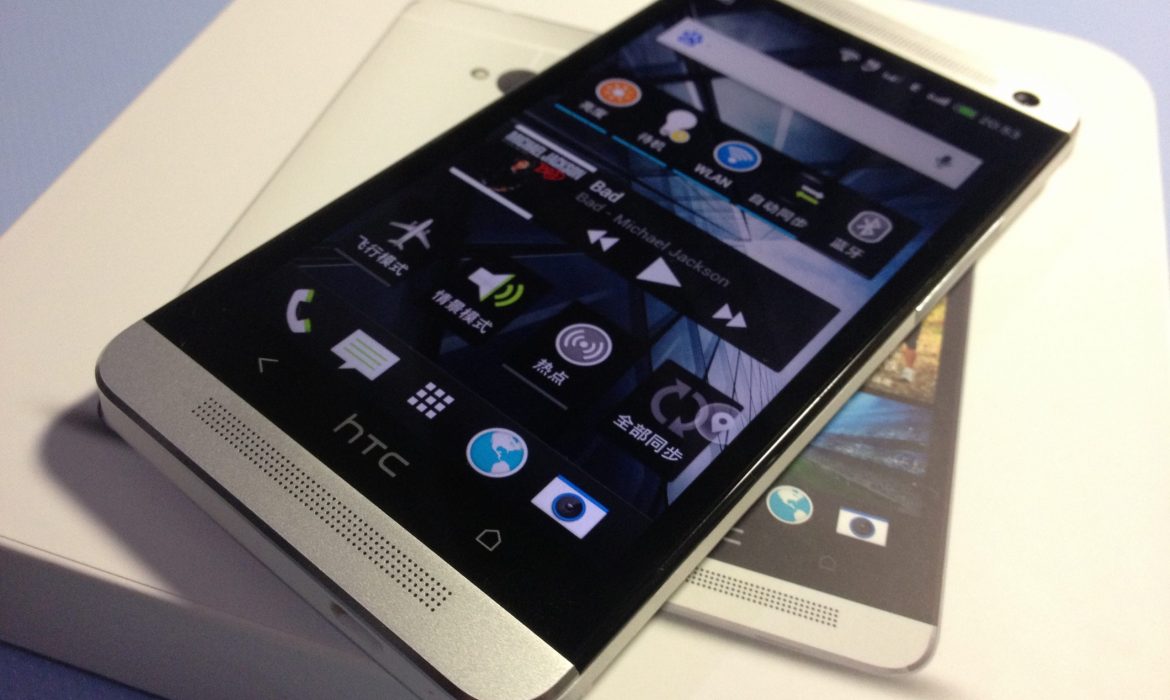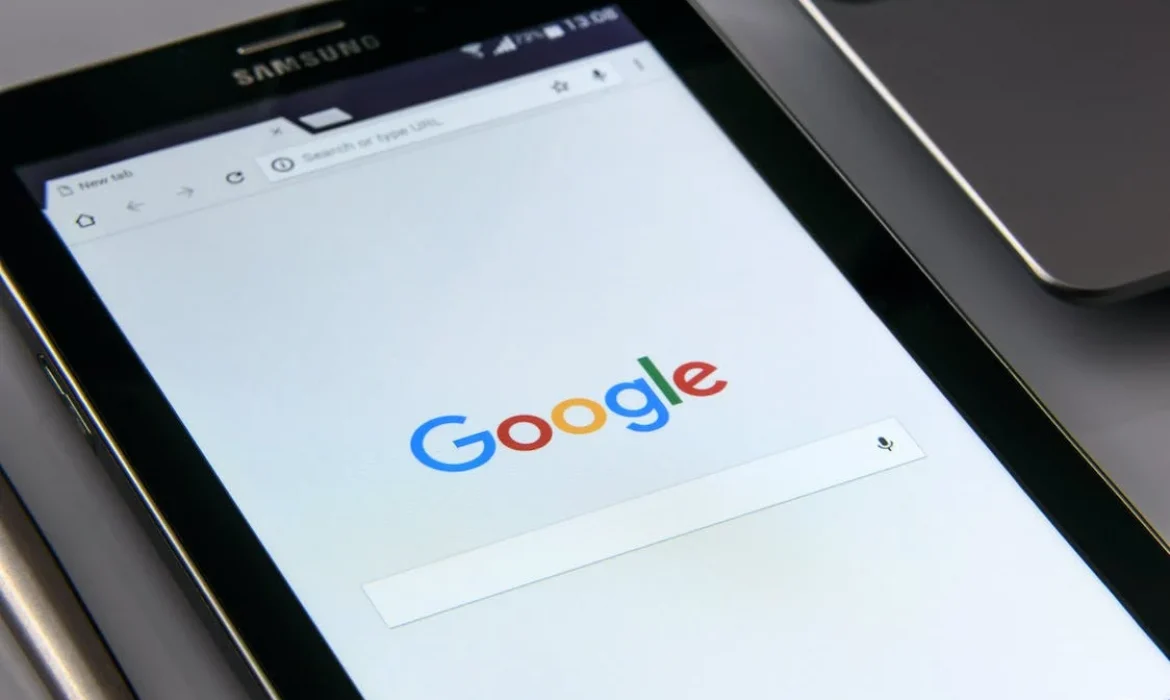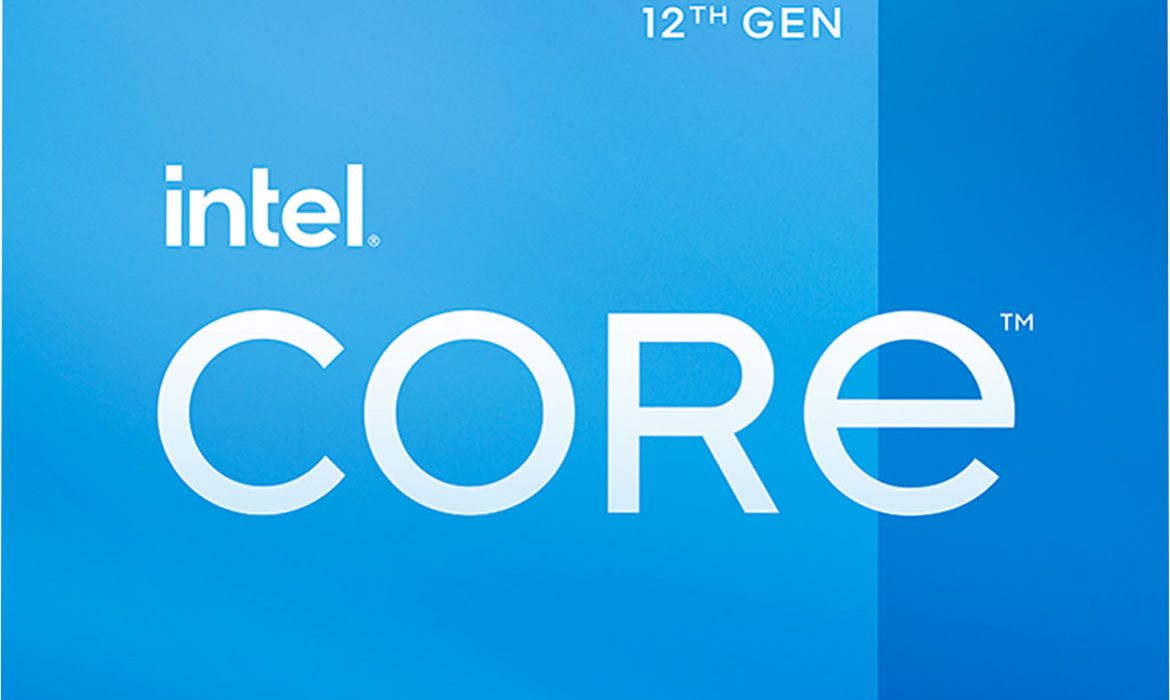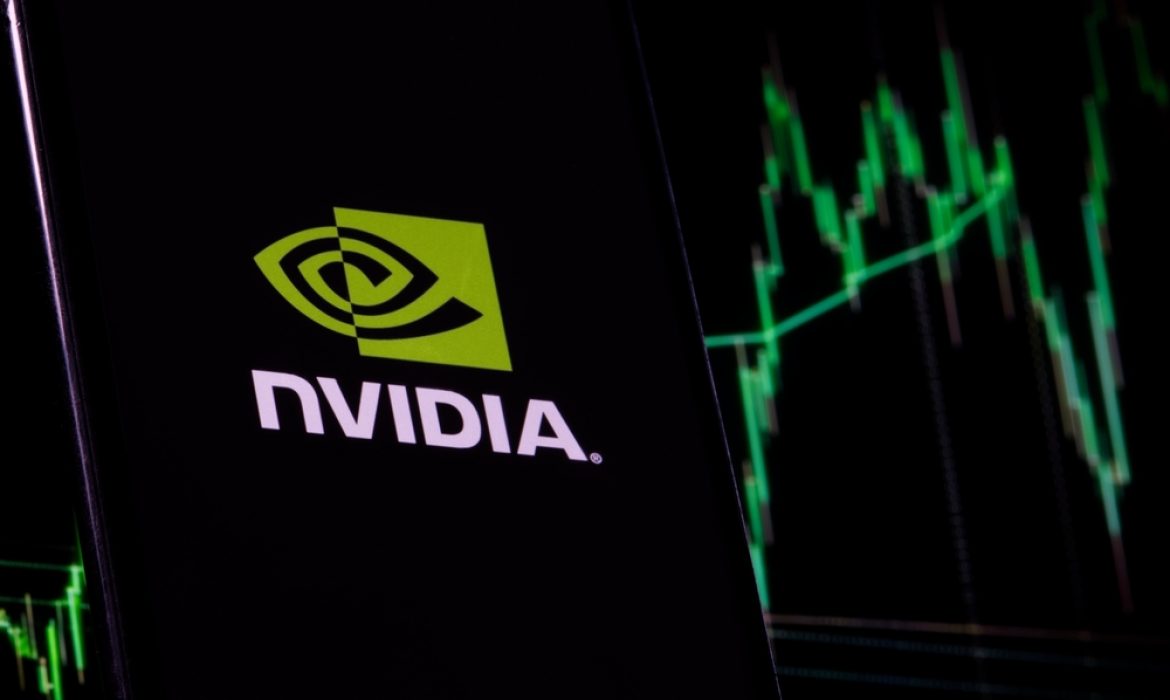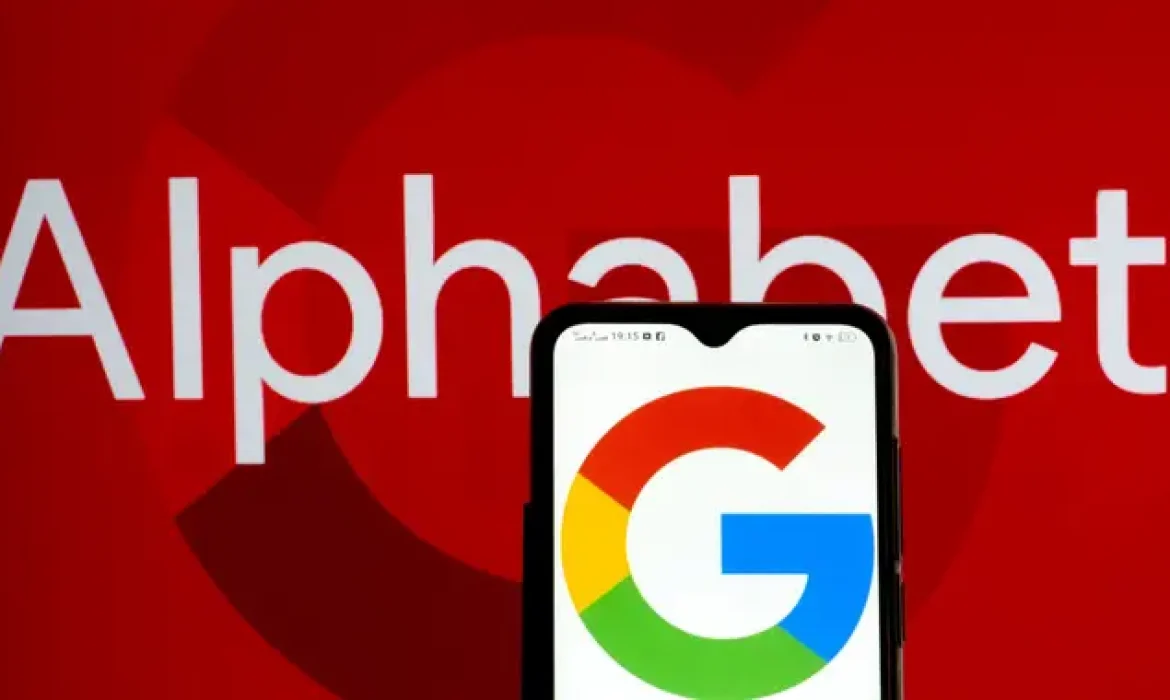Waterproof, Powerful, and Picture-Perfect: HTC U23 Pro Redefines Mid-Range Smartphones
HTC, a well-known player in the smartphone industry, returns with its latest offering, the HTC U23 Pro. This highly anticipated device marks the return of the U series after the release of the U20 5G in 2020. Designed for the mid-range market, the HTC U23 Pro boasts impressive specs, a stunning OLED display, a powerful hardware platform and a host of attractive features that are sure to appeal to smartphone enthusiasts.
Impressive display and performance:
The HTC U23 Pro features a large 6.7-inch OLED display that delivers an immersive visual experience thanks to an FHD+ resolution of 2400×1080 pixels. With a high refresh rate of 120Hz, users can expect smooth scrolling, smooth animations and overall improved display performance. The device runs on the Snapdragon 7 Gen 1 hardware platform, providing seamless multitasking and smooth navigation.
Plenty of storage and configurations:
HTC U23 Pro offers ample storage options: 8GB or 12GB of RAM and 256GB of built-in flash storage. Users can easily expand storage capacity with a microSD card slot, providing the flexibility to store an extensive media library, games and apps.
Expanded camera capabilities:
The HTC U23 Pro features a four-lens camera module on the back. The main 108-megapixel module is complemented by an 8-megapixel ultra-wide-angle lens, a 5-megapixel macro lens and a 2-megapixel scene depth sensor. This versatile camera system allows users to capture stunning photos and videos from multiple angles. On the front of the device is a 32-megapixel camera housed in the display cutout, perfect for taking high-quality selfies.
Battery, Charging and Key Features:
The HTC U23 Pro is powered by a reliable 4,600 mAh battery for all-day long use. The device supports 30W wired charging, 15W wireless charging and even reverse wireless charging, allowing users to share their device’s energy with compatible accessories. Integrating a fingerprint scanner into the power button increases security and usability. In addition, the presence of a 3.5mm audio jack and IP67 water and dust protection add to the device’s appeal. The HTC U23 Pro runs the latest Android 13 OS and comes preloaded with the HTC VIVERSE app, allowing users to explore mixed reality experiences when paired with the VIVE XR Elite headset.
Availability and pre-order details:
The HTC U23 Pro is available for pre-order now, with prices starting at $550 for the 8GB/256GB configuration and $585 for the 12GB/256GB version. Official shipments will begin June 5. Early birds who pre-order before June 4 will receive an $86 wireless headphone, further adding value to this highly-anticipated release.
With the HTC U23 Pro, HTC aims to make a splash in the mid-range smartphone market. Featuring an impressive OLED display, powerful hardware, an advanced camera, and a number of notable features, this device has the potential to win over users looking for a balance between affordability and performance. As pre-orders begin and shipments approach, consumers are eagerly awaiting the HTC U23 Pro, anticipating a smartphone that combines quality, innovation and HTC’s legendary craftsmanship.
Samsung Strikes Deal with LG Display for OLED Panels, Fostering an Unlikely Alliance
Introduction: In a surprising twist, Samsung has recently inked a deal with its arch-rival LG Display for the purchase of OLED panels for its television sets. This unexpected alliance marks a significant development in the highly competitive consumer electronics industry, as two tech giants put aside their differences to leverage each other’s strengths. The agreement signals a shift in the dynamics of the market, with Samsung recognizing the superior quality of LG’s OLED technology and seizing the opportunity to enhance its own television offerings.
A Breakthrough in Display Technology: OLED (Organic Light-Emitting Diode) panels have gained immense popularity due to their ability to deliver vibrant colors, deep blacks, and exceptional contrast ratios. LG Display has long been at the forefront of OLED technology, investing heavily in research and development to perfect their manufacturing processes. Samsung’s decision to procure OLED panels from its rival signifies a recognition of LG Display’s unparalleled expertise in this domain, and a desire to elevate the visual experience offered by their own televisions.
Samsung’s Embrace of OLED: Historically, Samsung has been a proponent of its own display technology known as QLED (Quantum-dot Light-Emitting Diode). However, OLED technology has gained a dedicated following due to its superior image quality and wider viewing angles. By embracing LG Display’s OLED panels, Samsung aims to capitalize on these advantages and meet the growing demand for OLED televisions from discerning consumers who prioritize visual excellence.
Redefining Industry Rivalries: The partnership between Samsung and LG Display underscores the changing dynamics of the consumer electronics industry. While intense competition has traditionally defined their relationship, this agreement demonstrates a willingness to collaborate when it serves mutual interests. By acknowledging LG Display’s technological prowess and forming this unexpected alliance, Samsung sets a precedent for the industry, emphasizing the importance of innovation and adaptability over rigid rivalries.
Enhanced Visual Experiences: The utilization of LG Display’s OLED panels in Samsung televisions is poised to revolutionize the visual experiences enjoyed by consumers. OLED’s ability to produce deep blacks and precise colors, combined with Samsung’s expertise in display optimization and cutting-edge features, will deliver an unparalleled viewing experience. This collaboration has the potential to raise the bar for television technology, captivating audiences with breathtaking imagery and immersing them in a world of cinematic beauty from the comfort of their homes.
Implications for the Market: Samsung’s decision to source OLED panels from LG Display will have ripple effects throughout the consumer electronics landscape. It not only underscores the growing prominence of OLED technology but also provides LG Display with a significant boost in sales and market influence. This unexpected partnership between two industry giants has the potential to disrupt the traditional power dynamics within the display market and stimulate increased innovation and competition among other manufacturers.
Conclusion: Samsung’s recent agreement with LG Display to procure OLED panels for its televisions showcases a remarkable departure from the fierce rivalry that has long defined their relationship. By recognizing the superior qualities of LG Display’s OLED technology, Samsung demonstrates a commitment to providing consumers with the best visual experience possible. This unlikely alliance not only elevates the quality of Samsung televisions but also signifies a changing landscape within the consumer electronics industry, where innovation and collaboration take precedence over rigid rivalries. As a result, consumers can look forward to enjoying enhanced visual experiences and a wider range of cutting-edge television options in the near future.
UK regulator examines impact of artificial intelligence
In a move highlighting the evolving landscape of artificial intelligence, the UK’s Competition and Markets Authority (CMA) has turned its gaze toward large language models and generative AI, notably focusing on technologies like OpenAI’s ChatGPT. These AI systems, grounded in immense datasets, have the potential to revolutionize human productivity, streamlining tasks from marketing copy creation to coding.
However, the swift pace of AI advancements has raised concerns among governments worldwide. The CMA, in particular, is delving deep into these complexities, aiming to gauge the impact of AI systems on individuals, businesses, and the economy. Their mission? To foster open, competitive markets while safeguarding consumers from potential pitfalls like false information dissemination.
Sarah Cardell, Director General of the UK CMA, stressed the importance of ensuring that the benefits of AI technology are harnessed by UK businesses and consumers while maintaining a robust shield against deceptive practices.
The CMA’s investigation involves gathering insights and evidence from stakeholders, fostering an inclusive dialogue until June 2. Their comprehensive report, slated for release in September, will illuminate the intricate interplay between AI, consumers, and the market.
This development aligns with the UK government’s proactive stance, urging regulators to scrutinize AI systems for adherence to fundamental principles such as security, transparency, and accountability. The UK’s approach emphasizes the application of existing regulations, a strategic maneuver to balance innovation with ethical considerations.
In parallel, international scrutiny on AI ethics intensifies. Italy’s data protection service recently probed OpenAI over a potential breach of European privacy rules, highlighting the global discourse on data protection. Additionally, the European Union has proposed pioneering AI legislation, aiming to restrict AI usage in vital sectors like infrastructure and law enforcement, underscoring the critical need for ethical AI governance on a global scale.
As nations grapple with these challenges, the UK’s dedicated investigation embodies a balanced approach: embracing innovation while staunchly upholding ethical boundaries, ensuring a future where AI-driven progress harmonizes with consumer protection.
From PaLM 2 to search innovation: Google I/O 2023 covers AI for a profitable future.
In a world where artificial intelligence is evolving at an unprecedented pace, Google has demonstrated its commitment to pushing the boundaries of innovation. From the introduction of PaLM 2, the next generation of the big language model, to the exciting updates to chatbot Bard and Google Workspace, it is clear that Google is investing heavily in the future of artificial intelligence.
But let’s not forget that at the heart of Google’s success is the search engine, the very platform that has made the company a technology powerhouse. And, as it should, Google Search doesn’t stay away from the march of progress. What’s more, the company is using modern technology to improve its flagship product and further enhance its profitability.
During the conference, Google demonstrated how artificial intelligence is being integrated into Google Search to improve the user experience and provide more relevant results. With advances in natural language processing, the new PaLM 2 model promises to understand search queries with more nuance and context, allowing it to provide more accurate and personalized answers. This evolution marks a significant step forward in bridging the gap between users and the information they seek.
Google also announced an updated version of its artificial intelligence-powered chatbot Bard. This virtual assistant, based on cutting-edge language models, is designed to make search interaction more conversational and intuitive. Using the power of natural language understanding, Bard will be able to interpret complex queries and engage in dynamic dialogues, providing users with more interactive and efficient search responses.
But Google’s pursuit of AI doesn’t end there. The company has demonstrated how it plans to integrate AI capabilities into Google Workspace, its suite of productivity tools. From intelligent document formatting to automated data analysis, Google aims to streamline workflows and provide users with smart features that improve collaboration and productivity. Using artificial intelligence capabilities, Google Workspace will become an even more indispensable tool for individuals and organizations alike.
It’s worth noting that as Google continues to push its AI-based initiatives, concerns about privacy and data security remain. With great power comes great responsibility, and Google must ensure that user data is protected and used ethically. The company has been successful in addressing these concerns by implementing robust privacy protections and transparency initiatives. But as AI becomes increasingly woven into our daily lives, constant vigilance and accountability are critical.
As Google’s I/O 2023 conference approaches, it’s clear that the company has an unwavering focus on artificial intelligence. From PaLM 2 to Bard to integrating AI into Google Workspace, Google aims to make our digital experience smarter, more intuitive and, ultimately, more human. As we look to the future, it’s clear that AI will continue to shape the technological landscape, and Google remains at the forefront of this transformative journey.
Apple achieves remarkable quarter with record-breaking iPhone sales and 1 billion subscriptions milestone
Apple has long been known for its innovative products, and this quarter’s results only reinforce its position as a leader in the tech world. The company announced a staggering number of iPhone sales, exceeding expectations and shattering previous records. This impressive performance can be attributed to a combination of factors, including strong demand for the iPhone 13 lineup, increased adoption of 5G technology, and successful marketing campaigns.
Furthermore, Apple revealed that it now has nearly 1 billion active subscriptions across its various services, such as Apple Music, Apple TV+, Apple Arcade, iCloud, and more. This highlights the company’s successful transition from being solely a hardware manufacturer to becoming a significant player in the services industry. These subscription-based services provide users with a seamless experience across multiple devices and have become an essential part of Apple’s ecosystem.
The growth of Apple’s services division has been remarkable, as it continues to diversify its revenue streams and capitalize on the loyal customer base it has cultivated over the years. The company’s services have been praised for their quality, user-friendliness, and integration with Apple’s hardware, which has been a key factor in attracting and retaining subscribers.
Additionally, Apple’s commitment to privacy and data security has resonated with consumers, further boosting its reputation and customer loyalty. With concerns over data breaches and privacy violations becoming more prevalent, Apple’s emphasis on protecting user information has become a significant selling point for its products and services.
Google Unveils PaLM 2: Revolutionizing AI with a Human Touch
In a groundbreaking announcement at Google’s I/O developer conference, the tech giant revealed PaLM 2, the next evolutionary step in large language models. With a keen focus on user experience rather than just parameters, Google’s new model is set to power the updated Bard chatbot and a slew of cutting-edge AI features.
While technical specifics were sparse, Google emphasized a departure from the traditional parameter counting approach, prioritizing real-world usefulness. PaLM 2 shines in mathematical and logical domains, excelling in problem-solving, equation solving, and diagram creation, a feat often challenging for existing language models.
Notably, PaLM 2 is multilingual, drawing from a corpus of over 100 languages, enhancing its performance in diverse linguistic tasks. It has been meticulously trained in 20 programming languages, catering to the needs of developers worldwide. The model’s adaptability extends to customization, making it a versatile tool for various applications.
PaLM 2’s impact extends beyond chatbots. Google introduced specialized versions like Codey, designed for coding and customization tasks, and Med-PaLM 2, focusing on medical knowledge. Moreover, the model’s versatility is highlighted by Sec-PaLM, emphasizing security, and a compact version optimized for smartphones.
Accessible to developers through Google’s PaLM API, Firebase, and Colab, PaLM 2 heralds a new era in AI, where user utility takes precedence over technical jargon. With its multifaceted capabilities, PaLM 2 promises to redefine the landscape of artificial intelligence, empowering developers and users alike. As technology aligns with practicality, Google’s PaLM 2 emerges as a beacon of innovation, bridging the gap between complex algorithms and everyday usability.
Fed’s announcement prompts dollar drop amid banking concerns
The U.S. dollar fell after the U.S. Federal Reserve announced a pause in its monetary policy, while problems in the banking sector undermine confidence in the industry.
The Federal Reserve recently announced that it would keep interest rates at current levels for now, as the central bank continues to monitor the economic impact of the ongoing pandemic. This decision has caused the value of the U.S. dollar to fall as investors adjust their expectations for future economic growth and inflation.
At the same time, there are concerns about the health of the banking industry both in the U.S. and globally. Several major banks have reported disappointing earnings in recent weeks as low interest rates and weak credit demand continue to weigh on the industry.
These problems are causing many investors to doubt the long-term prospects of banks and financial institutions and are contributing to a growing sense of uncertainty in the financial markets.
Of course, there are also some reasons for optimism in the financial sector. The ongoing deployment of COVID-19 vaccines and the possibility of increased government stimulus are factors that could help boost economic growth and support the banking industry in the coming months.
Overall, the current state of the financial markets is a reminder that the economy remains fragile as businesses and individuals continue to struggle with the effects of the pandemic. While there are significant challenges ahead, there are also opportunities for growth and innovation in the financial sector as companies and investors adapt to the changing landscape.
Intel suffers historic quarterly losses of $2.8B
Intel, one of the world’s leading computer chip makers, reported a staggering quarterly loss of $2.8 billion. This is in stark contrast to the $8.1 billion in net income they reported last year, which sent shockwaves throughout the industry.
For those of you not familiar with Intel, the company was founded in 1968 and has been a major player in the technology industry for decades. It is responsible for producing some of the most important computer chips in history, including the microprocessors that power most PCs and servers in the world.
So what went wrong for Intel this quarter? Several factors are at play here, but one of the main ones is the ongoing semiconductor chip shortage that has affected the entire industry. The pandemic has caused disruptions in global supply chains, and demand for chips has far exceeded supply. This led to shortages and higher prices for many products, including cars and consumer electronics.
In addition to supply chain problems, Intel also faced increasing competition from other chip makers, especially from companies such as AMD and Nvidia. These companies have been able to gain market share by offering faster and more efficient chips than Intel’s current offerings.
To make matters worse, Intel has also encountered internal problems, including delays in production of its latest chips. This caused frustration among customers and led many of them to turn to other chip makers.
All of these factors led to a huge loss for Intel this quarter, and now the company is facing a major challenge in trying to turn things around. The company has already announced plans to invest heavily in its manufacturing facilities and release new chips in the coming months, but it remains to be seen whether these efforts will be enough to restore the company’s profitability.
Meanwhile, the news of Intel’s losses has sent shockwaves through the tech industry, with many analysts and investors questioning the company’s prospects. It is a sobering reminder that even the largest and most successful companies are not immune to the problems and uncertainties of today’s business world.
NVIDIA shares fall despite year-over-year gains
In a startling turn of events, NVIDIA, a titan in semiconductors and artificial intelligence, faced its steepest one-day stock drop, erasing a significant portion of its historic climb to a $1 trillion valuation just a day earlier. Wednesday witnessed a 5.7% plummet in NVIDIA shares, marking the most substantial single-day dip this year since late January. Consequently, the company’s market capitalization now rests at $934 billion.
Yet, amidst this turbulence, the broader context offers a glimmer of hope. NVIDIA’s stock, despite the sudden plunge, has surged by an astounding 160% this year, making substantial contributions to the impressive 9% gain of the S&P 500 index. The stock market, known for its volatility, has weathered fluctuations before, and NVIDIA’s resilience echoes this pattern, showcasing its enduring appeal to investors despite recent setbacks.
The core concern triggering this downturn revolves around the valuation of artificial intelligence (AI) technology. ARK Invest, a respected investment firm, significantly reduced its NVIDIA holdings even before last week’s surge, citing overvaluation concerns. According to Katie Wood, ARK Invest’s CEO, NVIDIA’s market capitalization, now at 25 times its projected sales for the current fiscal year, seemed inflated.
While this dip might stir concerns, it’s unlikely to dent the overall optimism surrounding AI technology. Experts like Jeremy Siegel, a prominent professor at the Wharton School, assert that the fervor for AI is far from a speculative bubble. The challenge, however, lies in predicting the precise moment when the sector might plateau.
In the ever-shifting landscape of AI technology, NVIDIA’s recent stock performance serves as a reminder that even industry giants experience market fluctuations. As the global embrace of artificial intelligence continues, NVIDIA’s journey, marked by periodic setbacks, remains a captivating saga illustrating the unwavering pursuit of innovation and growth in the technology sector.
The changing landscape of digital advertising: what it means for YouTube
Google’s parent company, Alphabet, has released its Q3 earnings report and it contains some surprising news. For the first time in three years, Google’s cloud business has turned a profit. This is a significant milestone for the company, which has been investing heavily in its cloud offerings in recent years.
The cloud industry is notoriously competitive, with major players like Amazon Web Services and Microsoft Azure dominating the market. For Google Cloud to turn a profit in such a challenging environment is a testament to the company’s perseverance and innovation.
So, how did Google Cloud achieve this feat? The company has been working hard to differentiate itself from its competitors by offering unique and innovative services. For example, Google Cloud offers specialized solutions for industries like healthcare and finance, as well as cutting-edge machine learning and artificial intelligence tools.
Additionally, Google has been investing heavily in expanding its cloud infrastructure, adding new data centers and improving network connectivity. This has helped the company to scale its cloud offerings and meet the needs of its growing customer base.
While Google Cloud’s profitability is undoubtedly good news for Alphabet, there was some less positive news in the Q3 earnings report. YouTube’s ad revenue has fallen for the third quarter in a row. This is a concerning trend for the video-sharing platform, which has traditionally been a major source of revenue for Alphabet.
There are a few possible explanations for the decline in YouTube’s ad revenue. One factor could be the ongoing pandemic, which has caused many advertisers to cut back on their spending. Additionally, YouTube has faced criticism in recent months over its handling of sensitive content, which may have caused some advertisers to pull their ads.
Despite these challenges, Alphabet remains a force to be reckoned with in the tech industry. The company has a diverse portfolio of businesses, including Google, YouTube, and the self-driving car company Waymo. With Google Cloud finally turning a profit, Alphabet has even more reason to be optimistic about its future.
However, the decline in YouTube’s ad revenue is a reminder that even the biggest tech companies are not immune to market forces. As Alphabet continues to navigate the challenges and opportunities of the digital age, it will need to stay nimble and innovative to stay ahead of the competition.
